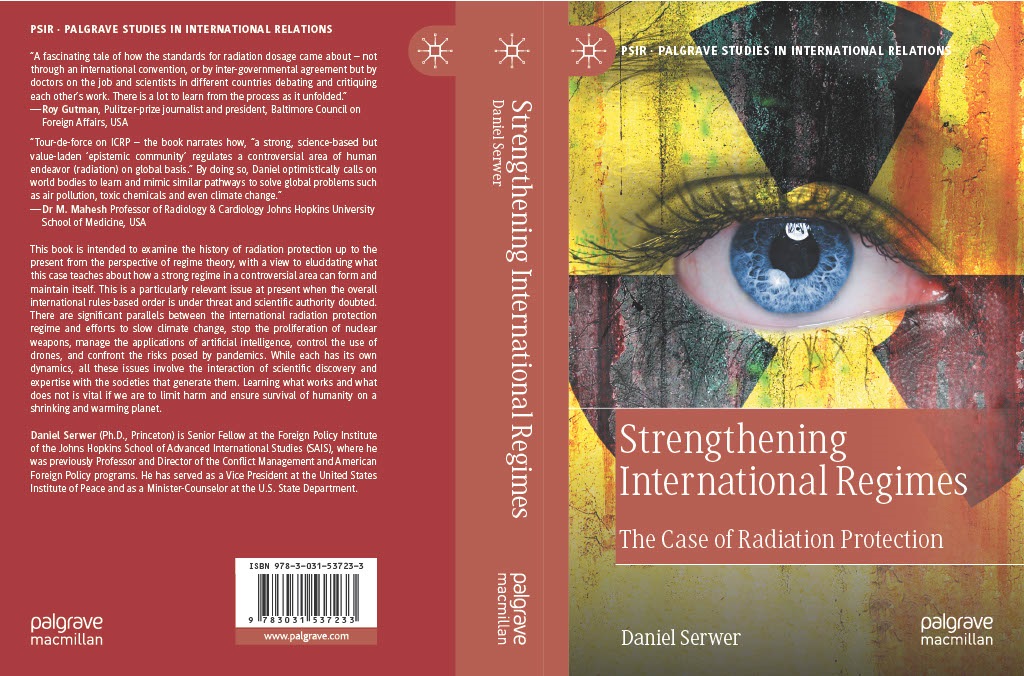Two can play
President Trump’s “maximum pressure” campaign against Iran is generating a “smart pressure” campaign in return. Tehran can’t limit American ability to export oil and gas or pay for imports, but it can threaten Gulf shipping, move towards enriching uranium to levels required for nuclear weapons, and convince at least some trading partners to pay for Iranian exports in ways that circumvent US sanctions. Both Europe and Iraq are planning to use “special purpose vehicles” to do just that, the latter likely with the implicit approval of the US since it desperately needs Iranian electricity this summer.
Trump is feeling the impact. He has dropped the insistence on talking about missiles and Iran’s regional behavior, but Tehran is still not yielding to his begging to re-open nuclear talks. Nor is it inclined to give Trump the kind of photo-op flattery that North Korea’s Kim Jong-un has learned gets the President to soften his stance. Maximum pressure has unified Iran’s fractious ruling elite behind a policy of defiance and disdain, tempered however with caution. While prepared to endure an American strike, and return the blow by more or less surreptitious means, Tehran knows it cannot sustain a real war against the US.
Trump can’t sustain a long war either. Another lengthy Middle Eastern war would end his chances for re-election, as Fox star Tucker Carlson has advised. Trump has done nothing to prepare popular opinion for it and would face substantial opposition in Congress, where quite a few Republicans as well as most Democrats are prepared to claim he lacks the legislative authority needed to go to war. The existing authorization to use military force (AUMF) covers only Al Qaeda and its affiliates. That has been stretched to cover the Islamic State, which did in fact emerge out of Al Qaeda’s erstwhile Iraqi affiliate. But no one serious reasonable thinks it can cover war with Iran. Trump will have to use an implicit “self-defense” authorization if he decides to strike Iran.
So the shadow-boxing continues, with the unavoidable risk of escalation. But there are serious possibilities for negotiation as well. It should be clear by now to all but the most hawkish in both Tehran and Washington that the alternative is a war from which neither capital can reasonably hope to emerge victorious. Trump may still hope for some spectacular photo-op: a visit to Tehran perhaps? But Supreme Leader Khamenei seems incapable of the kind of political acrobatics that Kim has successfully pursued to get the President of the United States to confirm his otherwise doubtful legitimacy.
A quieter, perhaps clandestine diplomacy is required: talks about talks, perhaps in Oman or Qatar. A few confidence-building measures like release of prisoners. A humanitarian gesture or two. A more or less explicit understanding about the limits of what each side is prepared to tolerate, both in political rhetoric and the use of military force. Iran will try to make it to November 2020 without going farther than that, knowing that if Trump loses a Democratic administration would want to reenter the nuclear agreement of its own free will.
That is what Trump should do as well. But he can’t without Iranian cooperation in hiding the concession under a photo-op or some sort of fig leaf revision of the agreement. So we’re stuck with a pressure campaign, which two can play.




 RSS - Posts
RSS - Posts
